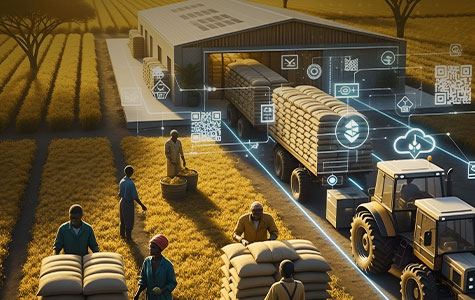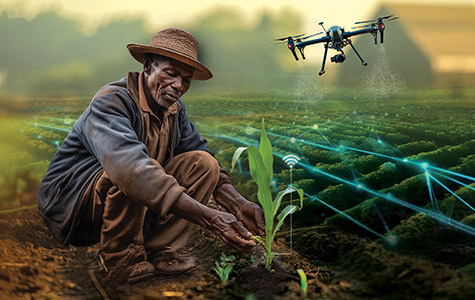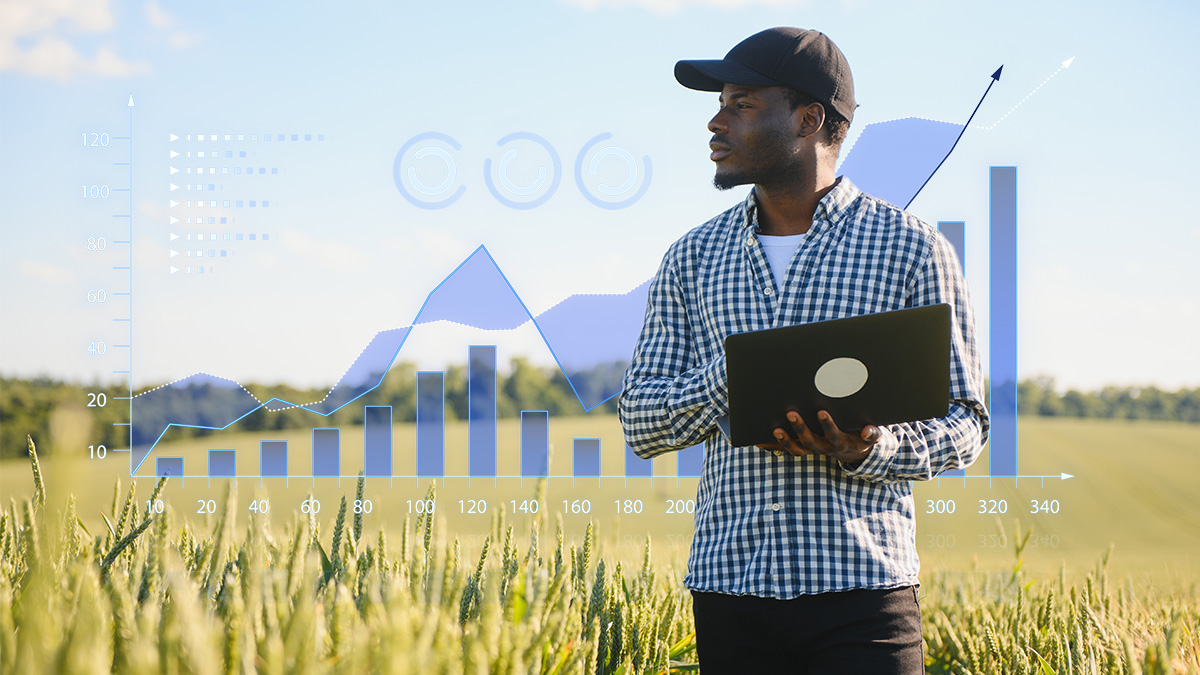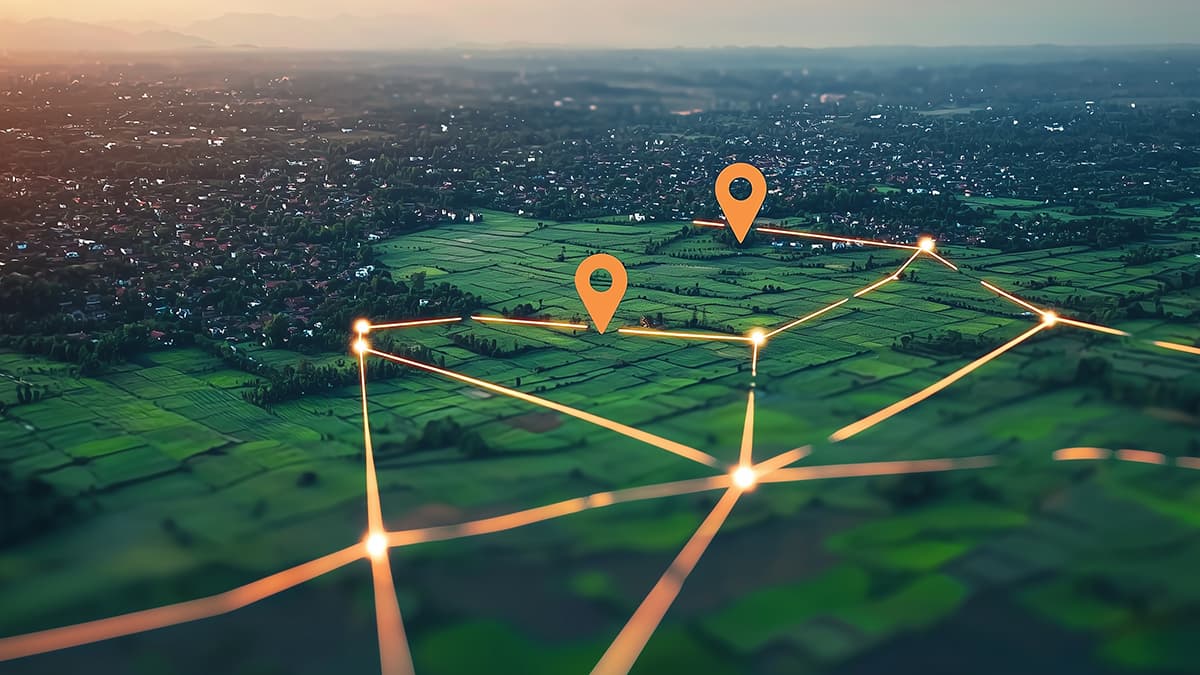.jpg)
The year 2000 is frequently acknowledged as a pivotal juncture in Africa's economic trajectory. Preceding this era, prevailing general perceptions regarding postcolonial African economic performance primarily centered on the narrative of developmental and governance failures. Nonetheless, the Western perspective toward the African continent underwent a gradual transformation throughout the 2000s. Expressions such as "the hopeless continent" gradually yielded to the narrative of "Africa Rising," and international publications began characterizing rapidly expanding African nations as "lion economies." Notably, during the period spanning from 2000 to 2010, Sub-Saharan Africa demonstrated a consistent annual growth rate exceeding 5 percent, with six of the world's most rapidly expanding economies during this epoch originating within the African continent—specifically Angola, Nigeria, Ethiopia, Chad, Mozambique, and Rwanda.
This epoch also marked a period wherein the continent achieved discernible, if not substantial, improvements in fighting undernourishment. The prevalence of undernutrition saw a notable decline, reducing from 24.1 percent in 2020 to 15.6 percent in 2013. However, commencing from 2013, the food security situation in Africa witnessed a reversal. In 2021, the global population experiencing hunger reached 828 million individuals, constituting an increase of 150 million individuals as compared to the figures reported in 2019. Notably, Africa accommodates 278 million individuals grappling with chronic hunger, a figure anticipated to ascend to 310.7 million by 2030. Concurrently, the number of children afflicted by stunted growth on the African continent has also demonstrated an upsurge, escalating from 54.4 million in 2000 to 61.4 million in 2020.
.jpg)
Beginning in 2019, there was a visible deterioration of Africa's food security situation. This was primarily attributed to two major factors: the global COVID-19 pandemic and the Ukraine-Russia conflict. The repercussions of the pandemic were manifold, encompassing adverse effects on employment, which, in turn, compromised individuals' capacity to access food. Concurrently, disruptions within the food supply chains created scarcities and hiked the prices of essential food staples.
While the geopolitical events cannot be contained by non-actors, technology can significantly work on the other solution – resilience in supply chain to control food insecurity. The presence of a robust single registry of citizens mapped to social and food security programs, automation of supply chain systems, improving last-mile delivery of food supplies as well as procurement of foodgrains from farmers – these are all areas of intervention for technology today.
In light of the skyrocketing debt burdens and constrained fiscal capacities in numerous African nations, the ability to invest in logistics and food security modernization has become a formidable challenge. Around 20 years ago under NEPAD’s Comprehensive African Agricultural Development Program, governments in Africa committed to the Maputo Declaration targeting 10% of public spending to agriculture. But only a handful have been able to meet the target and have not gone much beyond.
It is hence imperative for the international community and multilateral organizations to assume a bigger role in addressing this critical issue that determines the destiny of this land. If hunger has to become history for Africa, the time to act is now.










































We will verify and publish your comment soon.